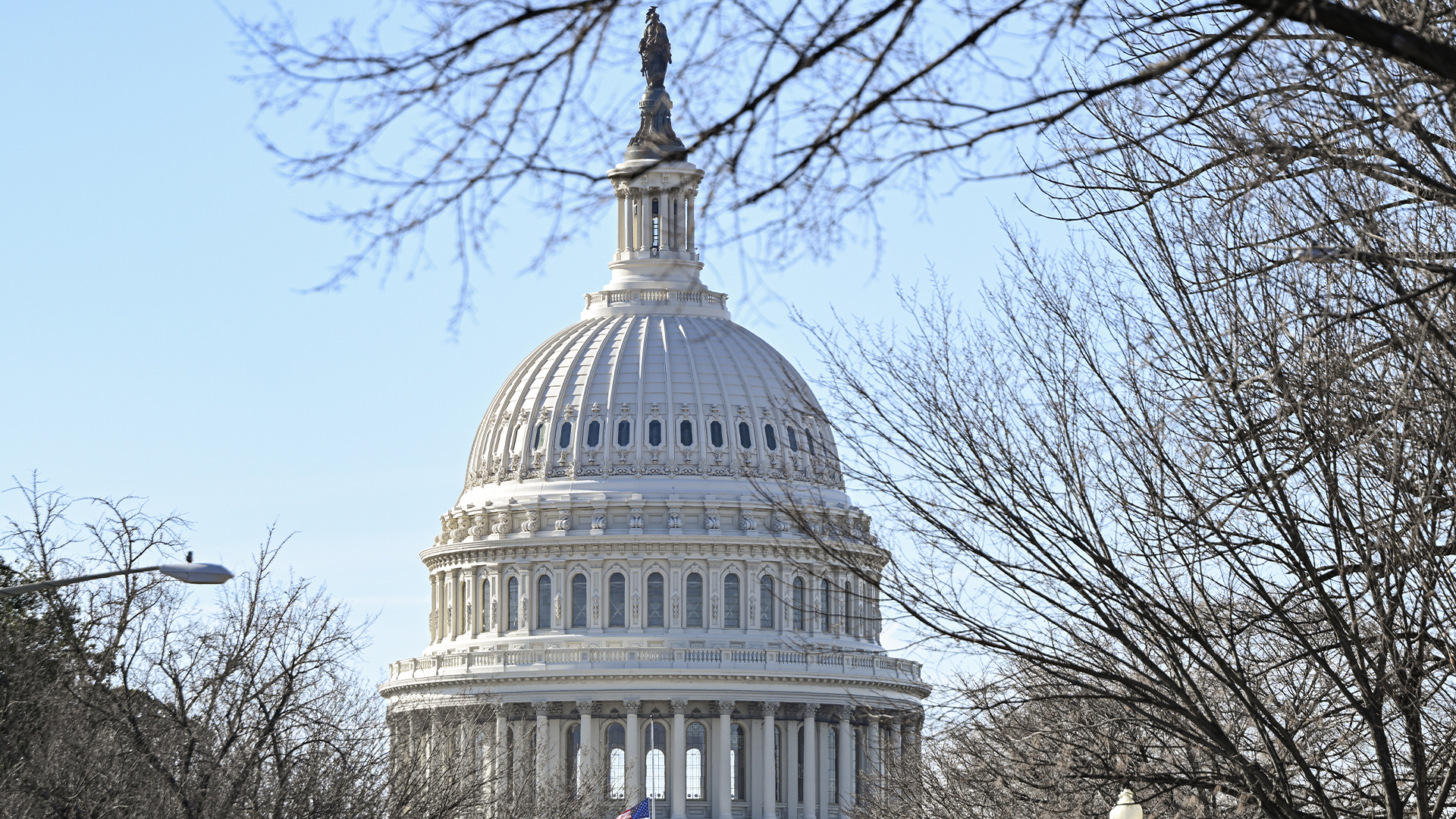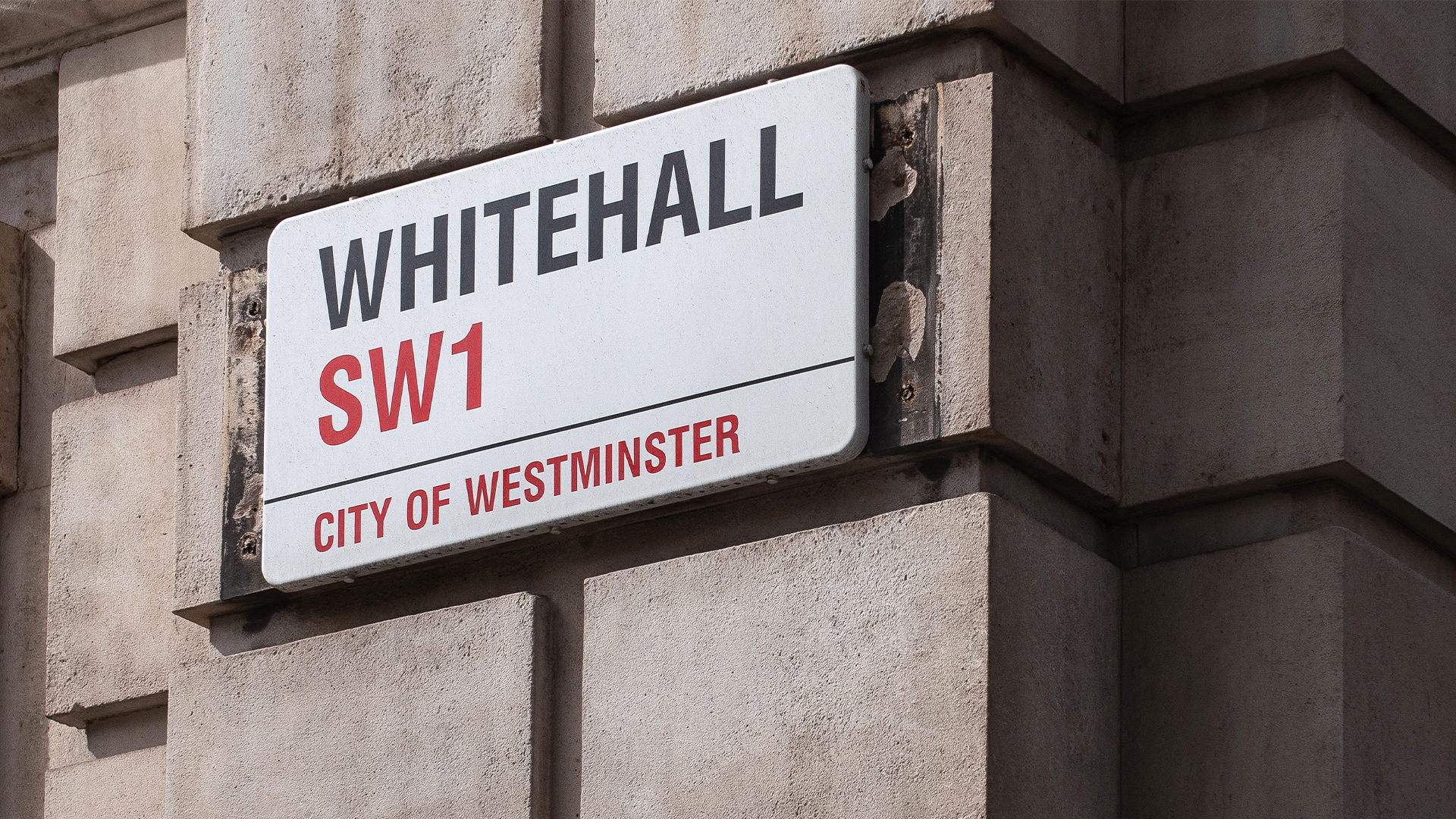GDS prioritises data and digital skills in new strategy
GDS releases Government Transformation Strategy

Whitehall is taking its digitising approach to public services inside, promising to transform government into a "digital organisation" that makes better use of data and serves the public more effectively.
Announced today, the Government Digital Service's (GDS) long-awaited Government Transformation Strategy outlines three key pillars underpinning its technology aims until 2020.
Those are transforming public services, digitally transforming Whitehall departments, and internal government transformation.
While the strategy (formerly known as the government digital strategy) was first due to be released in December 2015, the policy paper cites Brexit and an increasing range of cyber threats as motivations for the government to "strengthen our digital capability".
In a blog post about the strategy, GDS chief Kevin Cunnington wrote that the strategy will be "carried out at pace and scale".
He added: "The collaboration across departments that brought the 2017 strategy into being is the start of what we hope will be a new pattern of work. We know that the work of transformation needs to penetrate deeper than ever before.
"We need to make sure data can flow easily between departments, allowing us to build joined-up services that run seamlessly across government. This will be how we start to reshape the relationship between citizen and state into one that puts power into the hands of the citizen."
Sign up today and you will receive a free copy of our Future Focus 2025 report - the leading guidance on AI, cybersecurity and other IT challenges as per 700+ senior executives
The five objectives
To deliver on its aims, GDS is splitting the Transformation Strategy up into five objectives; business transformation, skills and capability, improving civil servants' IT and processes, making better use of data, and sharing platforms.
Business transformation
By 2020, the government aims to design and deliver joined-up services, and deliver on "major transformation programmes" under the Government Major Projects Portfolio, which include major IT schemes for the Home Office like upgrading its Oracle ERP system, dubbed Adelphi.
It will also build public services to the Digital Service Standard, and create a framework for rolling out digital transformation across the government.
People, skills and culture
GDS also has the task of "embedding digital skills throughout government"; a challenging one, given the technology industry's skills shortage.
"Since 2012, many more digital, data and technology specialists have been recruited across government, improving government's technical capability significantly," the policy paper said. "The challenge now is to attract, recruit and retain specialists in a very competitive marketplace."
The government also wants digital experts to understand government, and civil servants to understand digital, while pushing managers to adopt an agile approach to project management.
It hopes "consistent career paths" and reward structures will attract and retain talent, and plans to train staff through a Digital Academy, and data scientists through a Data Science Accelerator training programme.
HR will help roll out digital tools across departments.
Better tools and processes
By 2020, government buildings will have "common, interoperable technology", the strategy promises, and civil servants will have devices that enable mobile working.
Better use of data
Firstly, the government plans to appoint a Chief Data Officer (CDO), a position formerly occupied by ex-GDS head Mike Bracken, who left the government in August 2015.
The CDO will ensure the government is sharing data between departments, and using it to inform decisions, as well as changing the way it stores and manages data.
The strategy paper read: "Government data is often held and used solely within the organisation that collected it and legacy systems make it hard to share information.
"There is too much duplication, overlap and contradiction in the datasets government holds. We need to get better at sharing data across organisational boundaries in ways that citizens are comfortable with."
Shared platforms
Gov.uk, GDS's domain for all government websites, will be expanded to public services provided by third-parties, such as councils or vendors.
It will also seek to exit large supplier and multi-year contracts, a process started under former Cabinet Office minister Francis Maude. Instead, it will continue to build shared platforms, though it wasn't clear whether these would be developed internally under the 'government-as-a-platform' model or bought-in technology.
GDS also wants to scale up Gov.uk Verify, the government's identity verification service for people using its public services, to aim for 25 million users by 2020.
However, the strategy does have a footnote - that most of its transformation programmes are scheduled for a 2021 completion date.
In an introduction to the report, Cabinet Office minister Ben Gummer said: "Government has been slow to use the transformative potential of digital technology to change the way it does business.
"The imperative is to change, therefore - and to do so at pace and at scale. This is the meaning of transformation. It is in essence a change of working, of culture and of disposition - changes that are made possible by digital technology. That technology is not change itself; it enables the change that is so transformative."
The strategy's publication has been repeatedly delayed, but was initially pencilled in for December 2015, to explain a GDS budget of 450 million until 2020, nearly a 100% increase on its previous funding.
-
 Trump's AI executive order could leave US in a 'regulatory vacuum'
Trump's AI executive order could leave US in a 'regulatory vacuum'News Citing a "patchwork of 50 different regulatory regimes" and "ideological bias", President Trump wants rules to be set at a federal level
-
 TPUs: Google's home advantage
TPUs: Google's home advantageITPro Podcast How does TPU v7 stack up against Nvidia's latest chips – and can Google scale AI using only its own supply?
-
 UK government to fund regional tech programs up to £20m
UK government to fund regional tech programs up to £20mnews Local and regional partnerships invited to bid for support for established or developing projects
-
 Government’s ‘Humphrey’ AI tool helps local authorities cut costs
Government’s ‘Humphrey’ AI tool helps local authorities cut costsNews The Minute tool, part of the Humphrey AI assistant, is being trialled at 25 councils
-
 The UK government hopes AI will supercharge public sector digital transformation – IT leaders aren’t so sure
The UK government hopes AI will supercharge public sector digital transformation – IT leaders aren’t so sureNews Research from SolarWinds shows public sector transformation is progressing at a snail's pace despite IT leaders pushing for rapid improvements.
-
 Starmer bets big on AI to unlock public sector savings
Starmer bets big on AI to unlock public sector savingsNews AI adoption could be a major boon for the UK and save taxpayers billions, according to prime minister Keir Starmer.
-
 UK government targets ‘startup’ mindset in AI funding overhaul
UK government targets ‘startup’ mindset in AI funding overhaulNews Public sector AI funding will be overhauled in the UK in a bid to simplify processes and push more projects into development.
-
 UK government signs up Anthropic to improve public services
UK government signs up Anthropic to improve public servicesNews The UK government has signed a memorandum of understanding with Anthropic to explore how the company's Claude AI assistant could be used to improve access to public services.
-
 US government urged to overhaul outdated technology
US government urged to overhaul outdated technologyNews A review from the US Government Accountability Office (GAO) has found legacy technology and outdated IT systems are negatively impacting efficiency.
-
 Government urged to improve tech procurement practices
Government urged to improve tech procurement practicesNews The National Audit Office highlighted wasted money and a lack of progress on major digital transformation programmes